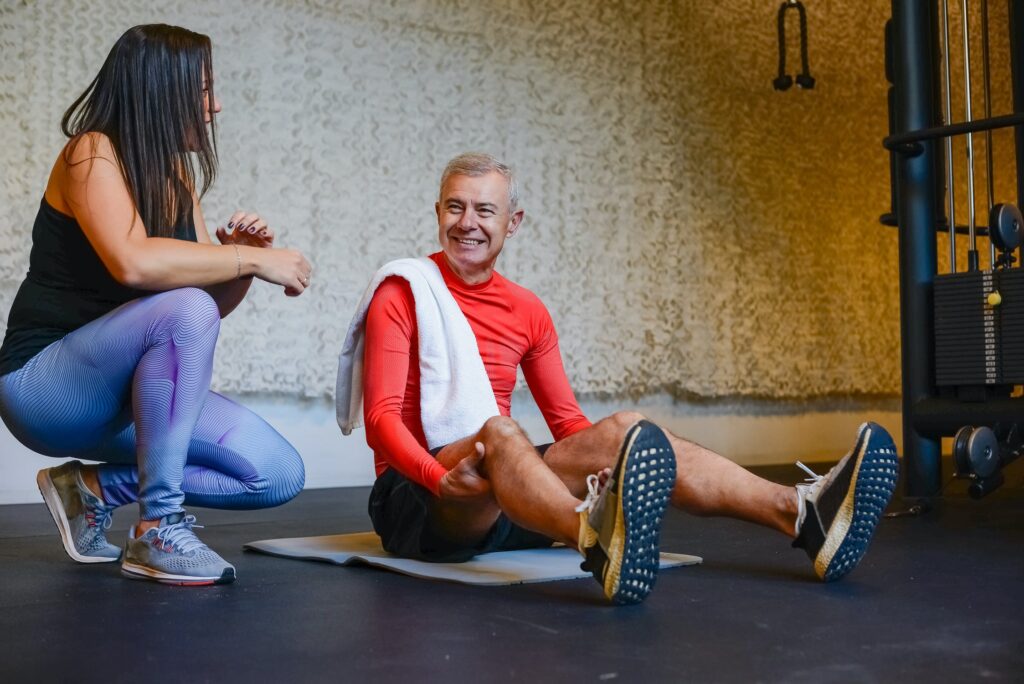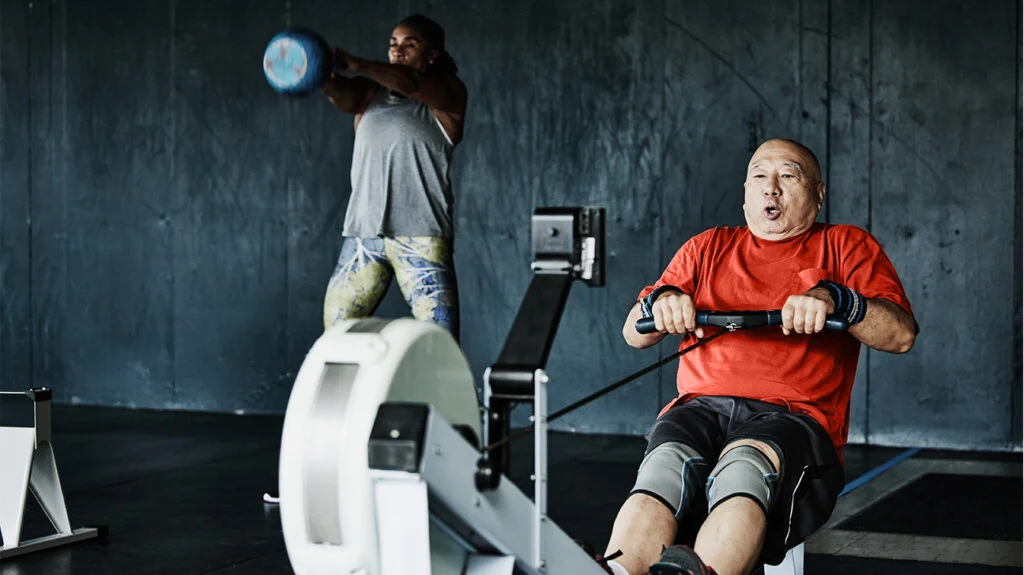Recent findings by an international team of researchers suggest that regular exercise may reduce the course of Parkinson’s disease, opening the door to treatment options beyond pharmaceutical drugs.
Nearly 90,000 Americans get a Parkinson’s disease diagnosis each year, as reported by the Parkinson’s Foundation. No treatment exists at this time.
Clinical researchers all across the globe are working hard to not just discover a treatment, but also to better understand how symptoms might be managed.
After Alzheimer’s disease, Parkinson’s condition is the next biggest kind of neurological illness worldwide.
But since a lot of the signs and symptoms don’t show up until years after the harm has already been done, understanding the initial phases of the illness is challenging.
The purpose of this research was to see whether high-intensity exercise might reverse the alterations in brain structure shown in a rat model of Parkinson’s disease.

The benefits of aerobic exercise for those with Parkinson’s disease
A team of neurologists affiliated with the Catholic University of Rome’s School of Medicine and the A. Gemelli IRCCS Polyclinic Foundation reported on July 14 in the journal Science Advances that vigorous exercise alleviates motor and mental signs of Parkinson’s illness.
The study also sheds light on the process through which this happens.
According to Paolo Calabresi, the paper’s corresponding author and Chief Professor of Neurology in the Department of Neuroscience at Catholic University of the Sacred Heart in Rome, Italy, “as a neurologist taking care of Parkinson’s illness individuals in its earliest phases, I discovered that a few of themselves had more accurate progress with the condition when they were frequently successful accomplishing aerobic exercise.”
This pattern has been reinforced in other research as well.
Reasons why physical activity may help reduce the impact of Parkinson’s illness
According to Healthline, Calabresi noted that “a molecular description of the improvement that results from vigorous exercise was lacking,” thus the study’s authors set out to learn more about how this positive effect took place.
The current study employed a rat model to determine how exercise improves motor and cognitive function, a question that had been left unanswered by previous research.
Scientists began extensive treadmill testing after introducing drugs to rats to mimic the early symptoms of Parkinson’s disease in order to better comprehend the transitory characteristics of these activities and their ability to preserve motor coordination and movement.
“Alpha-synuclein is a protein that is normally present in the brain,” explained Dr. David Standaert, Professor and Chair of the Department of Neurology at the University of Alabama at Birmingham in Birmingham, Alabama.
These aggregates are thought to be harmful to brain cells, or cells in the nervous system, which play an important role in relaying impulses throughout the body.
Reduced levels of these aggregates are associated with regular exercise, “suggesting that physical activity has an ongoing effect and could slow the general course of Parkinson’s illness disease,” Standaert, who did not take part in the research, told Healthline.
Researchers showed that PD symptoms improved and disease progression was slowed in those who exercised regularly. This was due to the preservation and reduced dissemination of the aggregates responsible for PD.
Calabresi argues that consistent activity is not necessarily essential, despite the fact that his trial entailed intense activity for around four weeks.
At least a week after stopping all motor activity, “we found that the positive impact of vigorous physical activity on synaptic plasticity persists,” he said.
Calabresi emphasized the significance of exercise in Parkinson’s disease by describing how minor gaps in exercise appear not to alter or modify the advantages of exercise, although extended periods of inactivity do.
